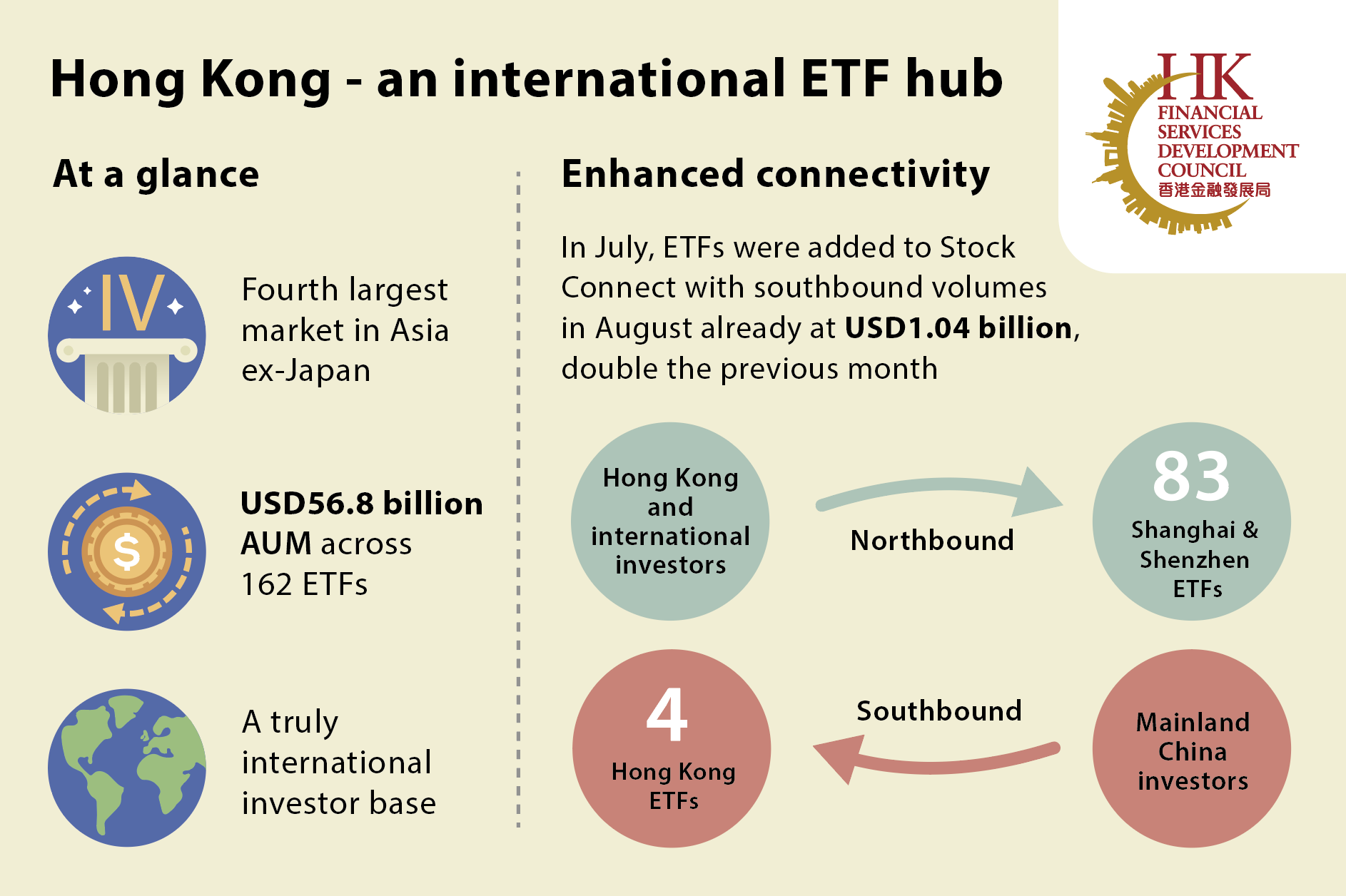Alright, let’s break down what’s really going on here. The US Treasury Department just dropped data showing both China and Japan increased their holdings of US debt in February. Japan boosted their stash by a hefty $47 billion, now sitting at $1.126 trillion, while China added $23 billion, hitting $784 billion.

Now, why is this interesting? Because the real fireworks in the US Treasury yield curve—major volatility, folks—didn’t start happening until the week of April 7th. This isn’t a coincidence. Think about it: these aren’t random acts of financial kindness.
Digging Deeper: Understanding Sovereign Debt Holdings
Sovereign debt holdings are a core component of international finance. Nations hold the debt of other countries for a multitude of reasons, including reserve diversification and maintaining economic leverage.
Increased purchases, like those seen from China and Japan, often signify a strategic response to global economic conditions. It can be a method of stabilizing currency values or influencing interest rates.
Furthermore, these purchases can reflect a perceived safety in US Treasuries, even during periods of market uncertainty. The ‘flight to safety’ phenomenon compels investors to park capital in perceived secure assets like US debt.
Ultimately, whether this is a calculated effort to support the dollar, manage yields, or something else entirely… we’ll have to wait and see. But pay attention, because moves like these rarely happen in a vacuum. The implications reach far beyond Wall Street.





